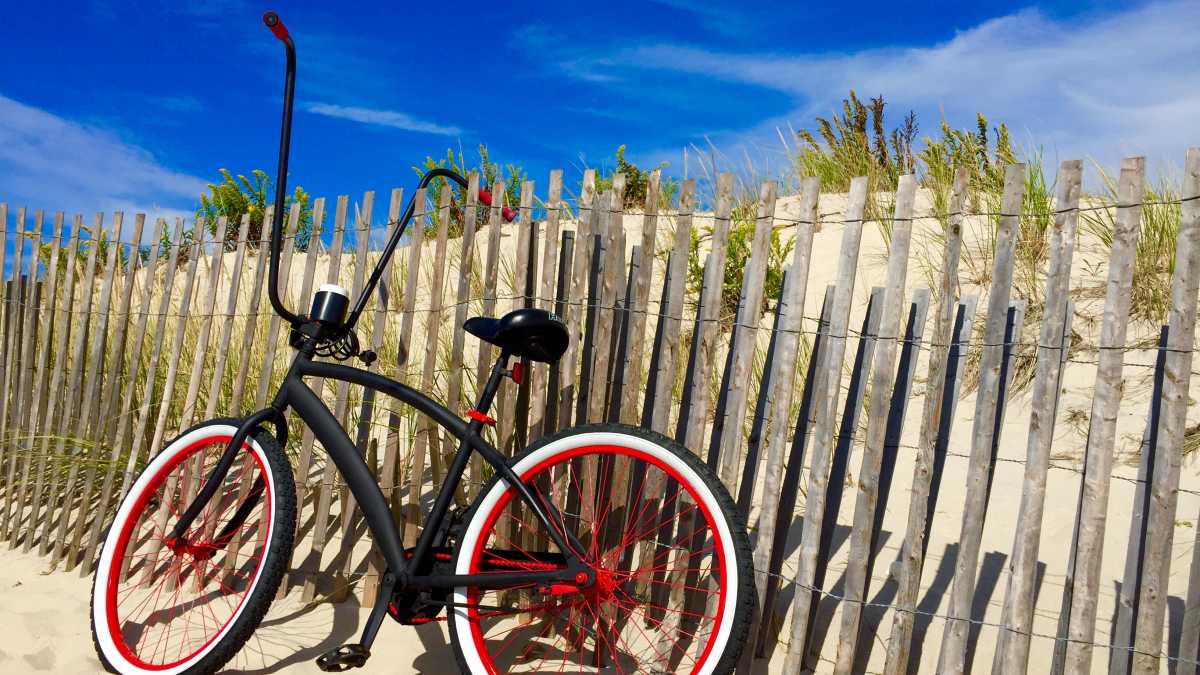Sunny, comfortable weekend ahead but rip current risk increases

Photo: Justin Auciello/for NewsWorks
A sunny weekend featuring more comfortable air is ahead but for beachgoers, the rip current risk will increase, forecasters say.
A weak cold front will pass offshore by tonight, shifting winds to the north and then northeast and dropping humidly levels.
When you wake up tomorrow, you’ll feel more comfortable conditions than during the last few days.
Under sunny skies, temperatures will rise into the lower 80s, and it will feel cooler at the beaches with a northeast wind at 10 to 15 miles per hour, according to NOAA. Similar conditions are likely on Sunday but winds will become more easterly.
But the onshore flow will generate an increased concern of rip currents, with the National Weather Service calling for a moderate risk.
The risk could further increase increase Sunday as long period swells from Tropical Storm Gaston — currently about a 1,000 miles east-southeast of Bermuda and no threat to land — likely begin arriving.
The swells will become more pronounced Monday and Tuesday, lasting for much of the week, according to the National Weather Service. Waves will not be particularly large but the energy will be noticeable.
Rip currents are powerful channels of water flowing quickly away from the shore, often occurring in low spots or breaks in the sandbar and in the vicinity of structures such as groins, jetties, and piers.
According to NOAA, here’s how to identify a rip current:
A channel of churning, choppy water.
An area having a notable difference in water color.
A line of foam, seaweed, or debris moving steadily seaward.
A break in the incoming wave pattern.
Rip current speeds vary, with an average pull of 1-2 feet per second, but some can move as fast as 8 feet per second, which is faster than an Olympic swimmer, according to NOAA.
Your first line of defense is to check the surf forecast before you head to the beach. NOAA updates the forecast daily. Watch this informative NOAA video on rip current safety.
If caught in a rip current, NOAA advises:
Stay calm.
Don’t fight the current.
Escape the current by swimming in a direction following the shoreline. When free of the current, swim at an angle—away from the current—toward shore.
If you are unable to escape by swimming, float or tread water. When the current weakens, swim at an angle away from the current toward shore.
If at any time you feel you will be unable to reach shore, draw attention to yourself: face the shore, call or wave for help.
WHYY is your source for fact-based, in-depth journalism and information. As a nonprofit organization, we rely on financial support from readers like you. Please give today.

